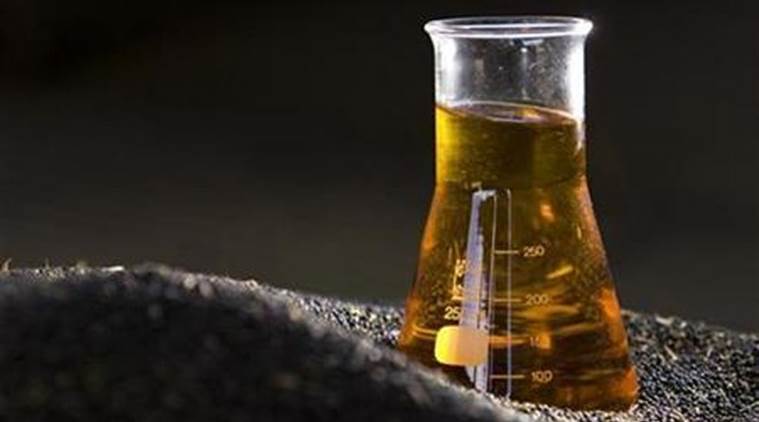Hmm... Renewable energy, yes, that it is. But it's still polluting because it produces the same hazardous gases upon combustion as the already existing crude oil.
Source: New Atlas
Biofuels are often touted as an alternative to fossil fuels, but many depend on raw materials that would quickly become scarce if production were scaled up. As an alternative to these alternatives, the US Department of Energy's Pacific Northwest National Laboratory (PNNL) has found a way to potentially produce 30 million barrels of biocrude oil per year from the 34 billion gal (128 billion liters) of raw sewage that Americans create every day.
According to PNNL, the problem with using sewage as a source material for biocrude is it's too wet and requires drying before more conventional processes can handle it. PNNL's approach is to use HydroThermal Liquefaction (HTL) to turn the sewage into oil, which removes the need for drying.
In HTL, the raw sewage is placed in a reactor that's basically a tube pressurized to 3,000 lb/in2 (204 atm) and heated to 660° F (349° C), which mimics the same geological process that turned prehistoric organic matter into crude oil by breaking it down into simple compounds, only with HTL it takes minutes instead of epochs.
"There is plenty of carbon in municipal waste water sludge and interestingly, there are also fats," says Corinne Drennan, who is responsible for bioenergy technologies research at PNNL. "The fats or lipids appear to facilitate the conversion of other materials in the waste water such as toilet paper, keep the sludge moving through the reactor, and produce a very high quality biocrude that, when refined, yields fuels such as gasoline, diesel and jet fuels."
The end product is very similar to fossil crude oil with a bit of oxygen and water mixed in and can be refined like crude oil using conventional fractionating plants. PNNL estimates a single person could produce enough waste for two or three gallons (7.6 or 11 L) of biocrude each year. This won't put fear into the heart of the oil companies, but it does provide not only a fuel source, but also an alternative to treating, transporting, and disposing of sewage sludge.
Other benefits of the HTL process are that it can also be used with agricultural waste and other wet materials, the liquid phase can be turned into fuel and useful chemicals using a catalyst, and the small leftover solid residue contains phosphorus and other nutrients for fertilizers.
Drennan says the simplicity of the process has allowed for rapid development in only six years and it is now continuous and scalable. PNNL has licensed the process to Genifuel corporation in Utah, which has partnered with Metro Vancouver in Canada to build a Can$8 to $9 million (US$5.9 to $6) pilot plant that's expected to go online in 2018.
The video below shows how the process turns sewage into biocrude.
Source: New Atlas
Don't forget to use one of these once you're done contributing your renewable energy to the world.

= DEATH BEFORE DISHONOR =







 Reply With Quote
Reply With Quote
Bookmarks